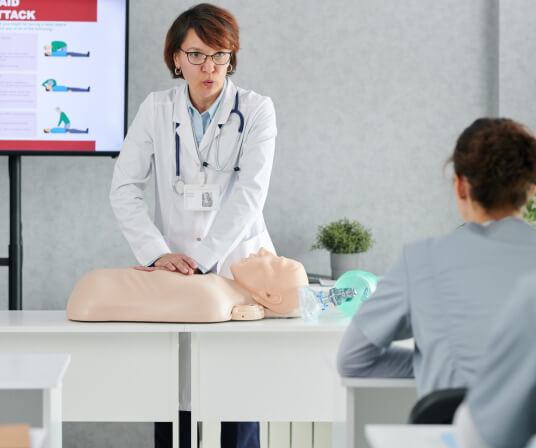CPR, First Aid, BLS, ACLS, PALS certifications.


$49.95 $59.85
| Chapters | CE Credits | Validity | Cost | Duration | ECC | Exam Attempts | Wallet Card |
|---|---|---|---|---|---|---|---|
| 32 | — | 2 Years | $49.95 | 2 Hrs | Compliant | Unlimited | Download/Print/Mail |
A breathing emergency (considered to be a medical emergency) is any respiratory problem that can threaten a person’s life. It can range from not being able to take a breath to not being able to breathe at all.
There are many different causes that can lead to a breathing emergency. Some of these include:
Asthma is the third highest cause of hospitalization amongst those under the age of 15. Many people that have this medical condition are aware of it and carry an inhaler for use in an emergency.
Asthma attacks can be triggered by many things, such as: